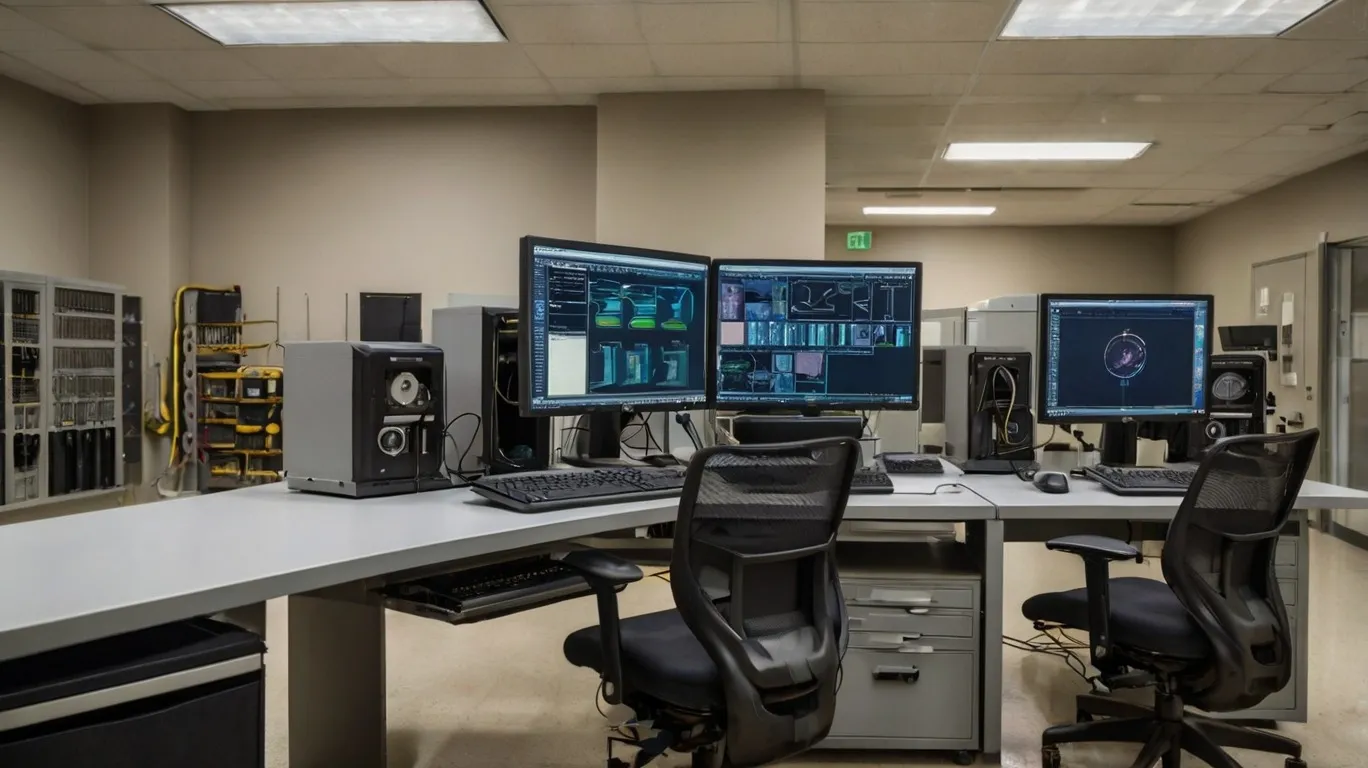
In today's fast-paced world, facilities management faces numerous challenges, including inefficient processes, lack of real-time data, and the inability to effectively manage assets and maintenance tasks.
Traditional methods, such as manual tracking and outdated spreadsheets, are becoming obsolete as they fail to meet the demands of modern organizations. This is where Computer-Aided Facilities Management (CAFM) systems come into play, offering a robust solution to streamline operations and enhance efficiency. If you are wondering what is CAFM system, this article will provide a comprehensive answer.
CAFM systems serve as comprehensive software platforms designed to assist facility managers in organizing, automating, and analyzing various aspects of facility management. In this article, we will explore what is CAFM software, its core features, types, benefits, and why it is essential for effective facilities management.
What is CAFM?
Computer-Aided Facilities Management (CAFM) such as CAFM IMS refers to the integration of technology into facility management processes. It encompasses a range of functions that help organizations manage their physical spaces efficiently. The core purpose of a CAFM software is to centralize data related to facilities, enabling better decision-making and operational effectiveness.
What is CAFM in Facilities Management?
It refers to the use of digital tools to oversee facility-related tasks. CAFM enables facility managers to efficiently handle building operations, workforce scheduling, and preventive maintenance through a centralized system.
Core Features of a CAFM System
A robust CAFM system includes several key features that facilitate effective facilities management:
- Locations Management: Track and manage various locations within a facility; Optimize space utilization and plan for future needs
- Maintenance Management: Streamline preventive and corrective maintenance tasks; Ensure assets are well-maintained, reducing downtime
- Preventive Maintenance: Schedule regular maintenance tasks; Prevent equipment failures before they occur
- Predictive Maintenance: Leverage data analytics and IoT sensors; Anticipate potential equipment failures based on performance trends
- Asset Management: Track all assets within a facility; Provide insights into asset conditions, warranties, and history
- Soft Services Management: Manage cleaning, security, and landscaping; Ensure services meet organizational standards
- Spare Parts Management: Track inventory levels of spare parts; Automate reordering processes to prevent shortages
- Reporting and Analytics: Generate comprehensive reports; Identify trends and areas for improvement
Types of CAFM Systems
- Cloud-Based CAFM: Hosted on remote servers and accessed via the internet; Offers flexibility, scalability, and remote access; Lower upfront costs and automatic updates
- On-Premises CAFM: Installed locally on an organization's servers; Provides more control over data security; Requires higher initial investment and ongoing maintenance costs
The Benefits of a CAFM System
- Improved Efficiency: Automates routine tasks; Centralizes information for better facility management
- Reduced Operational Costs: Ensures efficient resource allocation; Lowers maintenance and operational expenditures
- Better Data Management: Centralized data storage; Real-time access to facility information for better decision-making
FAQs
- What industries benefit the most from CAFM systems?
Industries such as healthcare facilities, education facilities, real estate, government and corporate facilities benefit significantly from CAFM software. - How does CAFM improve maintenance efficiency?
By automating maintenance scheduling and tracking asset conditions, CAFM reduces equipment downtime and increases efficiency. - Can small businesses use a CAFM system?
Yes, many cloud-based CAFM solutions are designed for small and medium-sized businesses, offering scalability and cost-efficiency. - How secure is cloud-based CAFM software?
Most cloud-based CAFM providers implement high-level encryption and security protocols to protect data. - How does CAFM support sustainability initiatives?
By optimizing resource utilization and energy consumption, CAFM helps organizations meet sustainability goals.
Conclusion
In summary, Computer-Aided Facilities Management (CAFM) systems are essential tools for modern facilities management. They address the shortcomings of traditional methods by providing comprehensive solutions for asset tracking, maintenance management, space utilization analysis, soft services management, and reporting analytics. Organizations looking to improve their operational efficiency should consider implementing a CAFM system tailored to their specific needs.
Ready to transform your facilities management? Try our free demo today or learn more about how our CAFM IMS system can optimize your operations!
